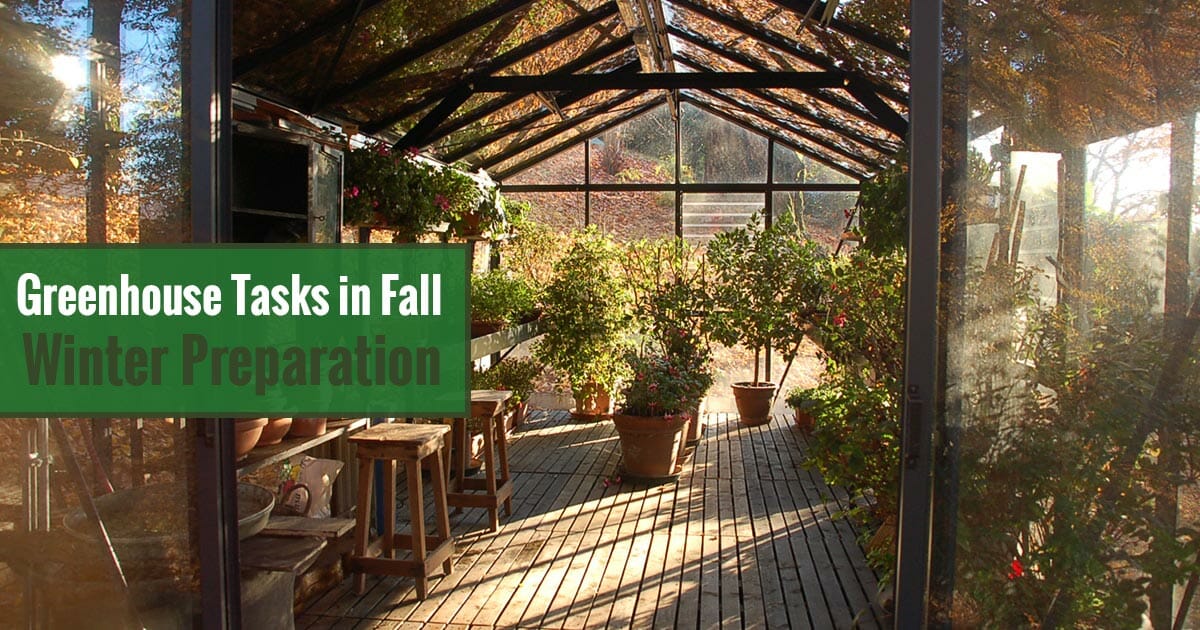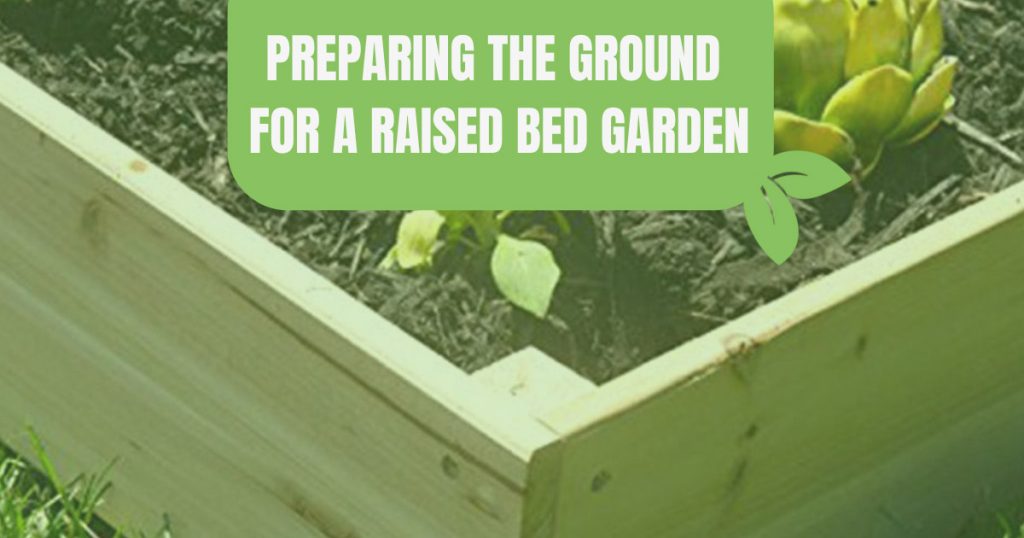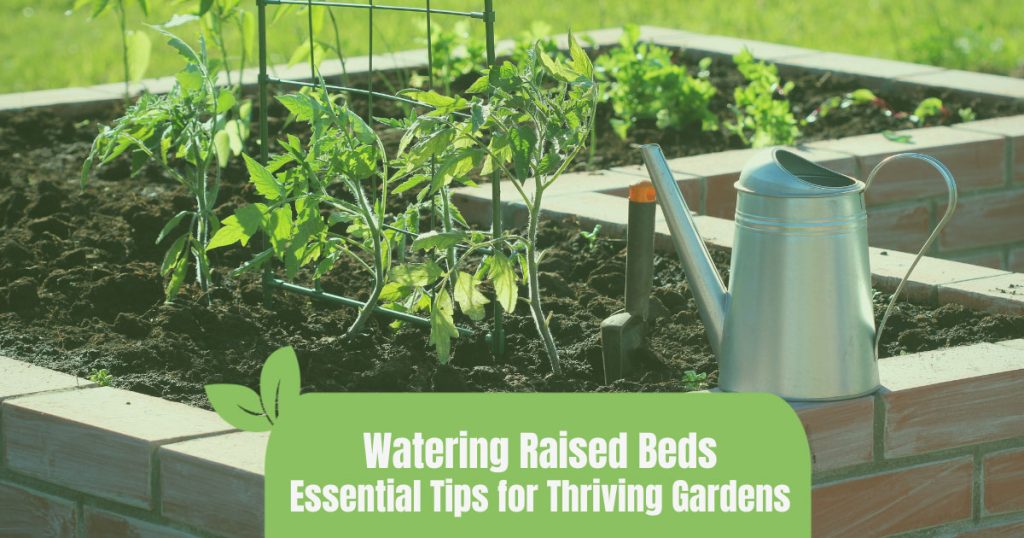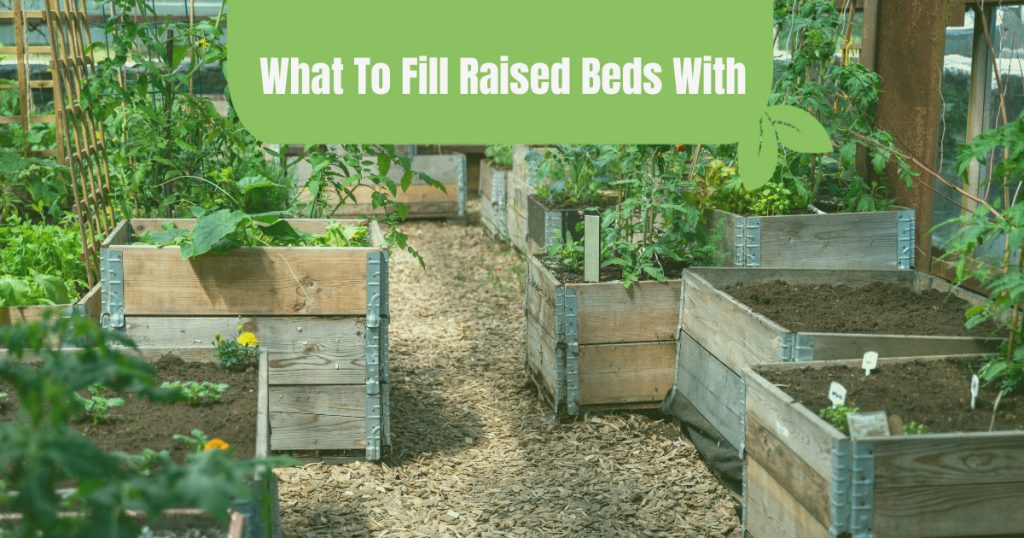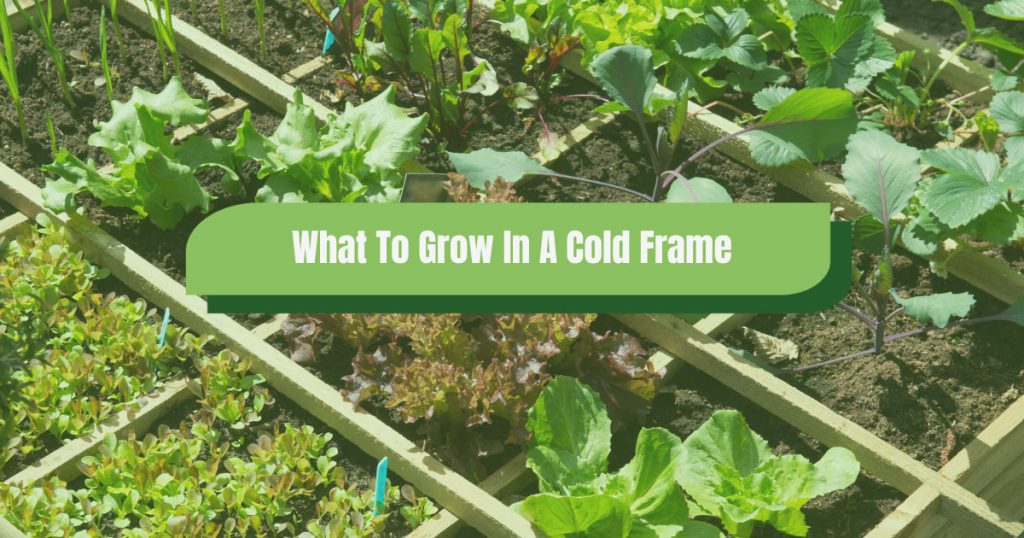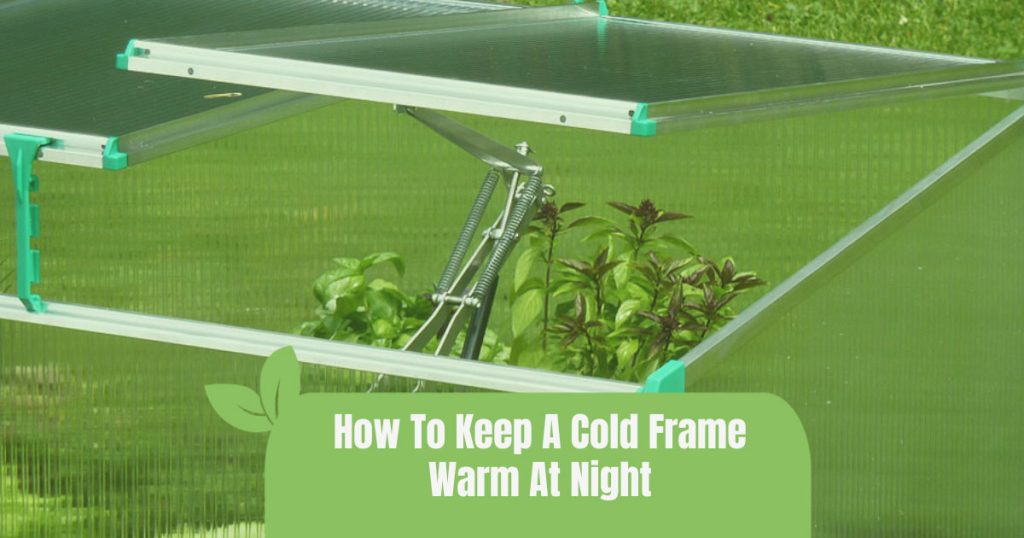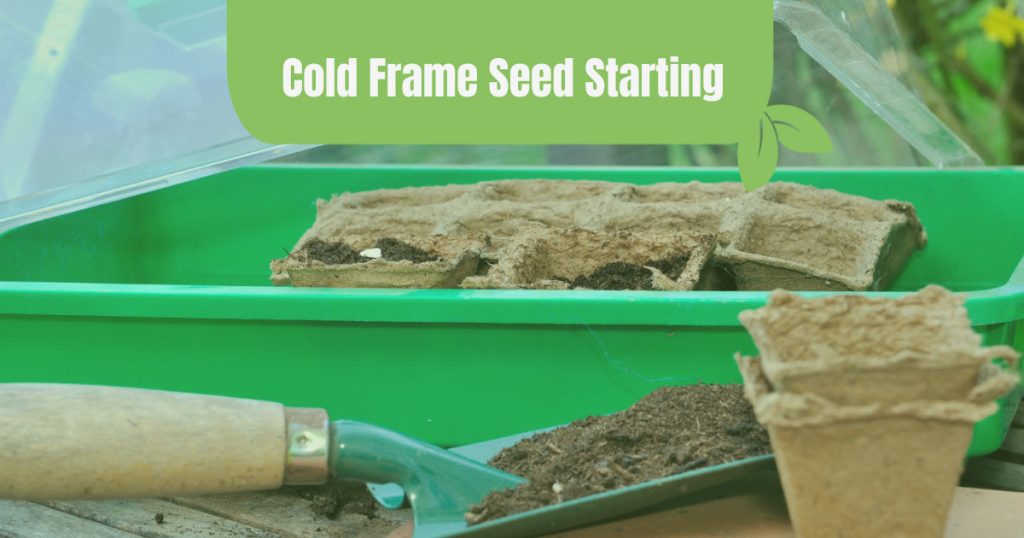


As summer is over and winter approaches, fall is the perfect time to get some tasks and chores done in your greenhouse.
After the main growing period in your garden and harvest season, you should take a step back and prepare your greenhouse for the winter. This involves a thorough cleaning and reorganization of your growing space. Also, you should do a whole greenhouse check for any damages and start planning for your winter garden.
In the end, you’ll want to ensure a favorable environment for your plants in spite of the winter climate. Prepping your growing space for the cold can be a lot easier than you think.
Greenhouse tasks in the fall to prepare it for winter
First things first: you have to make a decision before prepping your greenhouse for winter. There are two methods of growing plants in a greenhouse throughout the cold season:
- Hot greenhouse: You can decide to grow your regular “summer plants.” In this case, you have to provide the right growing conditions for them which means you have to keep the space warm and lit.
- Cold greenhouse: If you are picking plants that thrive in cooler climates, you don’t need much heating. Some vegetables like onion, garlic, peas, cabbage, and carrot can survive tough climates. In this situation, you can sometimes heat your greenhouse with some DIY solutions.
Discover the essential tasks you should do in fall to prepare for winter. These procedures would ensure the health and growth of your plants. I’ll state them below.
1. Thoroughly clean up your greenhouse
Cleaning up your greenhouse in fall will help you organize a lot of things and increase the efficiency of your greenhouse. Just like you have a special schedule for thoroughly cleaning your home, fall is the perfect time for an extensive clean-up in your greenhouse.
If you are intending to start fresh after the harvest season, fall is the perfect time to remove all plants from your greenhouse structure. Ensure to empty out every pot, clean up your equipment, and benches using a scrub with cleaner and disinfectant. This would deter pests from staying in your structure.
Let’s talk a little bit about how you can clean your greenhouse glazings and frames.
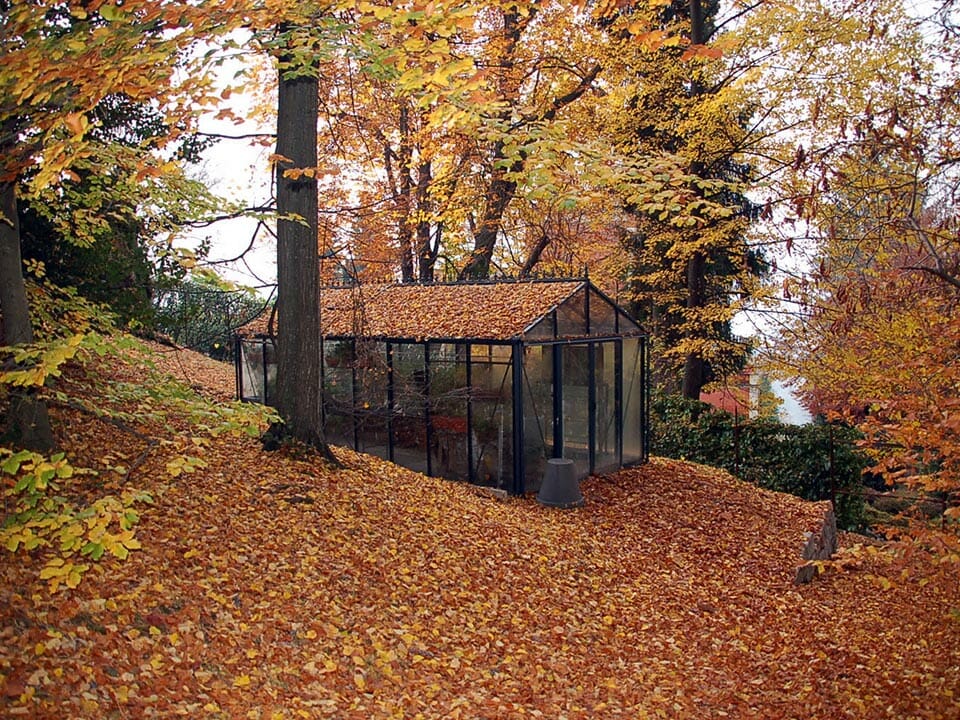
How to clean your greenhouse glazing
You need to clean up the greenhouse glazing to make sure that your plants get enough sunlight in winter when light levels are low. Dust and dirt can decrease the amount of sunlight so you want to clean those panels.
Your glazing material should be washed inside and out. They might have collected dirt over time. In fall, you may have a lot of leaves on top of your greenhouse if you installed it under or nearby trees.
In order to clean up your Polycarbonate or glass greenhouse, wash the glazing with soapy water & a soft sponge/soft rag.
Avoid using ammonia- or alcohol-based cleaning products for Polycarbonate glazing. They can seriously damage the material.
You can also use a vinegar baking powder solution as it helps with potential mold, mildew and fungi. In addition, it is a natural cleaner so you don’t have to worry about washing it off and into the ground water.
How to clean your greenhouse frame
For aluminum greenhouse frames, you can use regular dish soap (biodegradable would be great too) and a soft cloth to get rid of dirt.
Don’t: A metal scraper may damage the surface of aluminum, so use a soft cloth to scrub aluminum and not sandpaper or steel wool.
If you’ve got a wood frame, you can use diluted wood oil soap and a sponge.
Don’t forget the floors! If you have flooring in your greenhouse, sweep and sanitize them. This would ensure that no bugs or disease would spread to new crops.
If you intend to bring in winter-hardy crops, you’ll have to make your greenhouse as clean as possible.
2. Prepare the soil in the garden beds
This doesn’t apply to everyone because you may not have garden beds in your greenhouse.
If you do, you need to get your soil ready for winter. As mentioned earlier, you need to remove all the dead plants and plant debris. This is because they could cause diseases or may have been infected during the summer. Getting rid of them will avoid the spread of any pest.
Placing worms in the soil could be a good idea, too. In fact, it’ll help you make your soil well-aerated and healthier for planting.
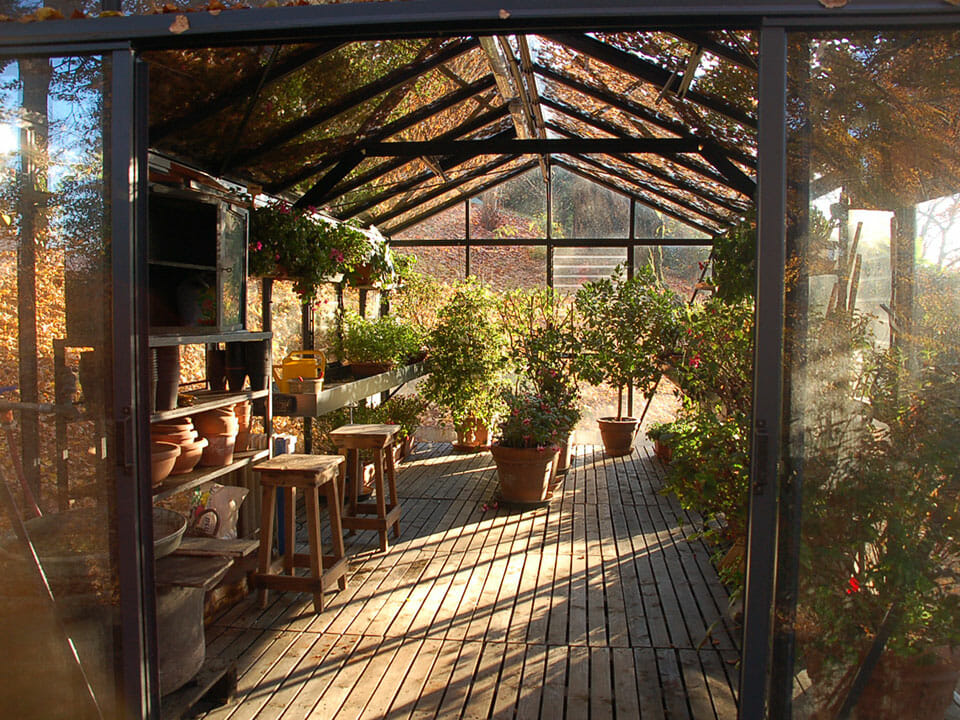
3. Fix any holes and oil all hinges
You need to fix all holes in your greenhouse, even the tiniest hole is enough to let in the cold winter air. You see, fall is the perfect time to get things fixed in your greenhouse and do the little repairs. At this time, the weather is still bearable to get the job done.
You need to inspect your structure, go around, check for cracks, holes, and gaps in your covering material and between frame and panels.
You can apply patches or work with caulking if the damage is minimal. For major damages, you’ll have to consider replacing the covering material or panel.
You don’t want to deal with repairs during the winter season so now is the best time to get things fixed.
In addition, oil any part of the greenhouse that moves. This includes hinges, door handles, and vents.
Grease them with WD-40 or a silicone-based product to ensure reliable operation as the temperature begins to drop.
Make sure your windows and doors are able to close securely, you don’t want the winter wind and moisture to cause serious damage.
4. Get your heating system ready
Cleaning up and repairing is one part of how to prepare your greenhouse for winter and the greenhouse chores for fall. With the cold air in winter, gardeners need to ensure that their plants have plenty of heat to keep their plants thriving. This is why you’ll need a heating system in place.
They can play a significant role in your greenhouse. If you already have a heater, get it out of the storage before winter rolls in. Make sure it’s in good shape, inspect it, and service it.
If you have to buy a heater, get one that has enough power for the size of your greenhouse. This would assure that your plants get enough warmth to survive.
Additionally, you can make provisions for uncertainty by providing a backup electric heater, just in case, the main one ceases to function.
Generally, gas-powered and battery-backed heaters are wonderful options in the situation of a power outage.
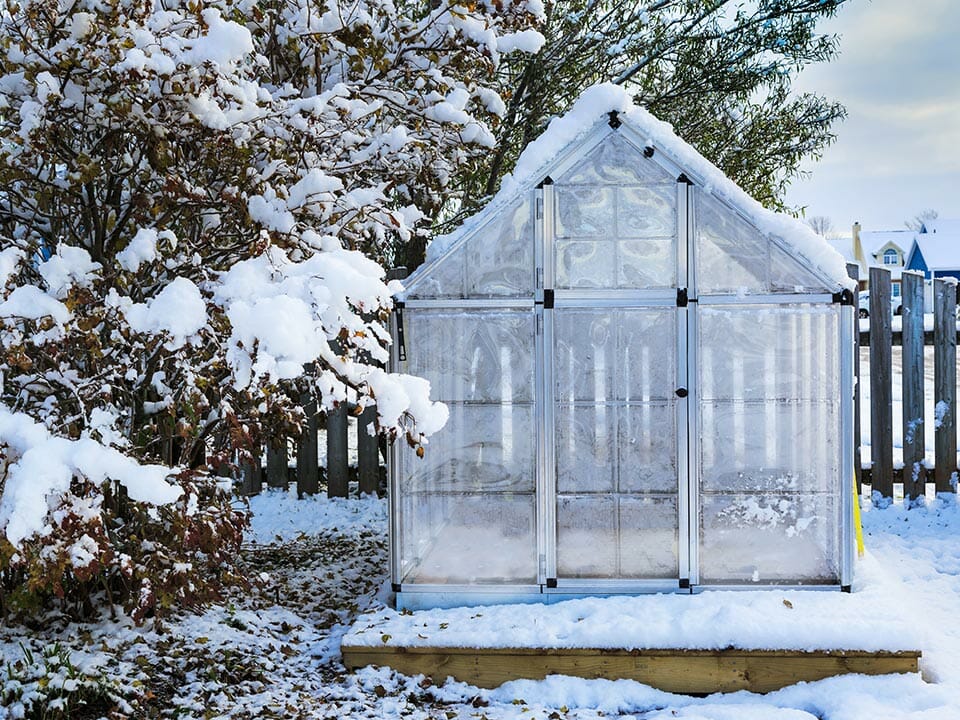
5. Unpowered heating ideas
Some growers go for extra heating aids that can absorb and retain heat to avoid frost build-up on your plants. This could be heat retaining rocks, such as lava rocks, or black barrels that absorb heat throughout the day and emit it during the night.
These unpowered DIY ideas don’t work as well as an actual heater, though. They may keep a certain temperature but if it’s extremely cold outside it may freeze inside too.
If you only grow cold season plants, these measures might be enough for you, though.
6. Step up your insulation
The task doesn’t stop at providing heat for your plants. If your greenhouse is poorly insulated, you could still be inviting cold air in.
In the long run, a well-insulated greenhouse would save you the cost of continuous heating. There are several ways to insulate your greenhouse. We’ve already talked about replacing worn-out covering materials.
Generally, heat-retaining silicone caulk is perfect for repairing cracks, and keeping heat in, duct tape can also offer a quick fix in a pinch.
You can also install an energy curtain. They are useful to keep cold air out in winter as they create another barrier and divide the space. They provide insulation through the winter by ensuring that the heat is kept inside the greenhouse.
You can use them effectively by keeping them closed at night when there’s no light and keeping them open in the day when the sun is out.
In fact, some growers use double-layer curtains for better insulation. Using curtains in winter would help you save energy. Special curtains for winter-use save 20 to 75 percent.
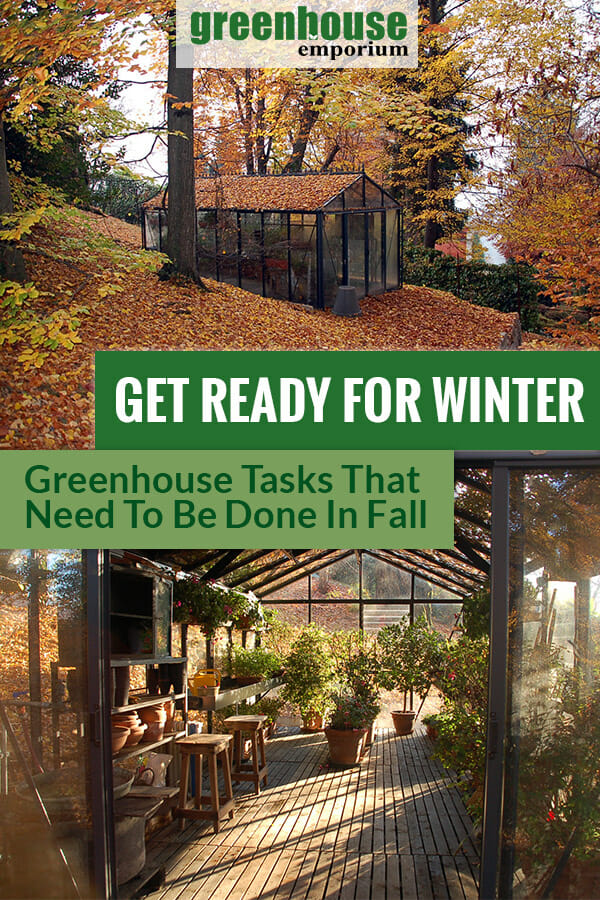
6. Ensure healthy airflow throughout your greenhouse
Your winter plants need airflow to stay healthy just like in spring and summer. The only setback this time is that the freezing temperatures outside in winter make ventilation very hard.
The huge difference between the temperature inside and outside makes it hard to manage moisture and this promotes the spread of diseases.
Ensure that you choose the right time to start ventilating your greenhouse to avoid the development of conditions that make the crops weak and susceptible to disease.
Now, the ventilation systems and interior greenhouse fans can come in handy. They’ll help to ventilate your greenhouse with warm air and still prevent loss of heat.
You can ensure that you create the appropriate condition for your crops by putting your ventilation system or fans at a low setting pointed in the direction of your plants.
Trust me, this would help your plants get a fresh, steady stream of air to help healthy growth and to keep plant respiration going strong through the cold.
7. Check your lighting
In winter, the nights get longer and days shorter because the sun has a different angle. This means a lower light supply for your greenhouse.
Now, if you want to grow plants that need more light, you’ll need to find extra artificial lighting to supplement the natural light gotten in the day.
However, there are factors that’ll determine the intensity and duration of your lighting. This includes crop type and temperature. The artificial lighting must be adapted to the temperature and CO2 enrichment of the greenhouse.
Artificial lighting is a great way to extend your growing season in spite of the weather. Sadly, this might significantly increase your lighting costs. But it’s all for the best.
Your plants can make it through winter!
Maintaining a fruitful greenhouse in winter is only impossible for the inexperienced and uninformed. Trust me, with the right tools and clever planning you can keep your plants thriving throughout the year. With good planning and a well-prepped greenhouse, year-round growing is absolutely possible.

